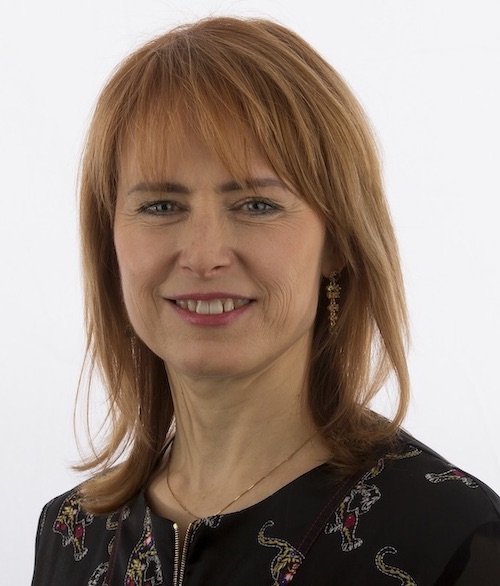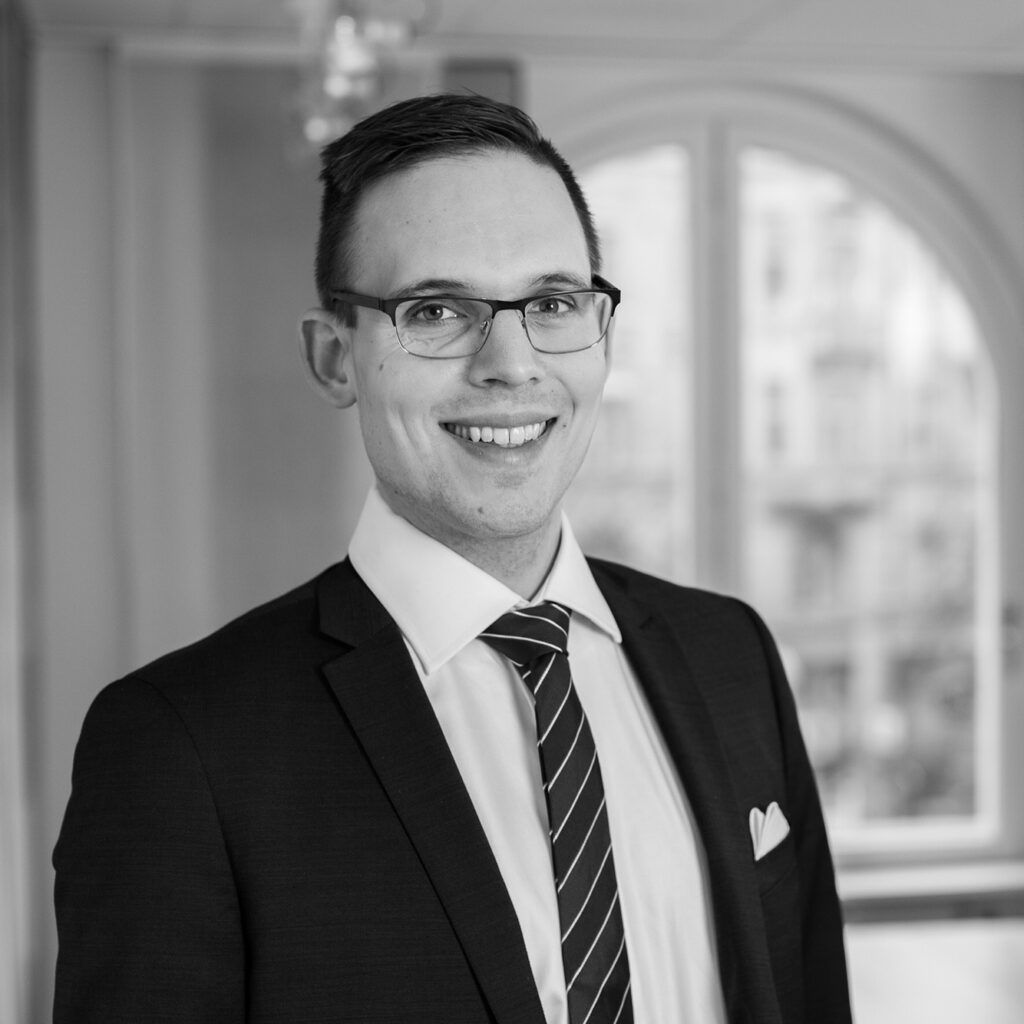Wednesday – May 10
| 13:00 to 17:00 | IFIP WG 8.1 Meeting | Lilla Hörsalen |
| 17:30 to open end | Welcome reception (included in fee) | NOD Building (Kista) |
Thursday – May 11
| 08:45 to 09:00 | Welcome | Simon Hacks | Lilla Hörsalen |
| 09:00 to 10:00 | Keynote: Are you creating a new method? Make it smart! | Jolita Ralyté | Lilla Hörsalen |
| 10:00 to 10:30 | Scientific Talk: Model-Based Construction of Enterprise Architecture Knowledge Graphs | Dominik Bork | Lilla Hörsalen |
| 10:30 to 11:00 | Coffee Break | ||
| 11:00 to 11:45 | PhD Talk: Process Mining on Distributed Time-Series Data | Frederik Fonger | Lilla Hörsalen |
| 11:45 to 12:30 | PhD Talk: Quantifying Uncertainty for Explainable Process Mining | Arvid Lepsien | Lilla Hörsalen |
| 12:30 to 13:30 | Lunch Break | Eatery | |
| 13:30 to 14:15 | PhD Talk: Conformance Checking with Regulations for Sustainability | Finn Klessascheck | Lilla Hörsalen |
| 14:15 to 15:00 | PhD Talk: Development of a reference system for the modeling and assessment of social, economic and ecological sustainability | Florian Loesch | Lilla Hörsalen |
| 15:00 to 15:15 | Coffee Break | ||
| 15:15 to 15:45 | Scientific Talk: Neuro-Conceptualization: Visual Conceptual Modeling meets Neuroscience | John Krogstie | Lilla Hörsalen |
| 15:45 to 16:15 | Case Report: Motivations to Design Central Bank Digital Currency: A Conceptual Model | Elcelina Carvalho Silva | Lilla Hörsalen |
| 16:15 to 16:30 | Break | ||
| 16:30 to 18:00 | EMISA Members Assembly and Steering Board Meeting | Agnes Koschmieder | Lilla Hörsalen |
| 19:15 to open end | Workshop Dinner (included in fee) | Restaurant Hasselbacken |
Friday – May 12
| 09:00 to 10:00 | Keynote: How SEB uses data models for their data plattforms in order to become data-driven | Markus Buschle | Lilla Hörsalen |
| 10:00 to 10:15 | Coffee Break | ||
| 10:15 to 10:45 | Case Report: Enterprise Architecture at Frankfurt University of Applied Sciences | Lorenzo Petricone, Sarah Ragowski | Lilla Hörsalen |
| 10:45 to 11:30 | PhD Talk: Enterprise modelling of rule networks in organisational collaborations | Jöran Lindberg | Lilla Hörsalen |
| 11:30 to 11:45 | Break (including handing out lunch sallets) | ||
| 11:45 to 12:15 | Scientific Talk with Lunch: Cross-provider Cloud Cost Calculation | Christian Plewnia | Lilla Hörsalen |
| 12:15 to 12:45 | Scientific Talk with Lunch: A Multi-Level Reference Model and a Dedicated Method in Support of Cyber-Security by Design: a Reality Check | Simon Hacks | Lilla Hörsalen |
| 12:45 to 13:00 | Goodbye and Cake | Simon Hacks |
Keynotes

Are you creating a new method? Make it smart!
Given by Jolita Ralyté, PhD
Senior Researcher and Lecturer at the University of Geneva, Switzerland
Abstract: The field of information services and systems is constantly evolving thanks to new information technologies such as AI, IoT, Big Data, Digital Twins, Blockchain, etc., which foster innovation and enable new business models. Naturally, they inspire researchers and practitioners to build new methods, frameworks, modeling techniques, design approaches and tools aiming at supporting these new situations in IS development. While developers of these new contributions are focused on pursuing their visions, many of them seem unaware of the existence of the discipline dedicated to supporting this task, which is called method engineering. Method engineering provides principles and systematic approaches for creating, designing, and customizing methods and frameworks for a specific purpose, domain, or organization. The risk of neglecting method engineering theory is to end up with method artifacts that are not smart enough: that do not adapt easily to new situations, lack interoperability or scalability, are too complex and difficult to apply in practice, etc. So what are the properties and requirements of a smart method? How to build a smart method and how to do it smartly?
Bio: Jolita Ralyté is senior researcher and lecturer at the University of Geneva, Switzerland. She holds a PhD in Computer Science from the University of Paris 1 Panthéon – Sorbonne, France. The research areas of Jolita include method engineering, digital transformation, transdisciplinary information services and systems, smart services, and requirement engineering. She co-authored a book on situational method engineering and published her work in various international conferences and journals. Jolita is active in research coordination and organization of scientific events. She served as General Chair of PoEM 2021 and ME 2011, and Program Chair of IESS 2023, ER 2022, RCIS 2022, RCIS 2016, PoEM 2015, IEEE CBI 2014, INFORSID 2014, CAiSE 2012, ME 2007. She currently acts as vice-chair and national representative of the IFIP TC8 Information Systems.

How SEB uses data models for their data plattforms in order to become data-driven
Given by Markus Buschle, PhD
Lead Data Architect at Skandinaviska Enskilda Banken AB (SEB), Sweden
Abstract: The use of data models is a prevalent practice in the financial industry, including at SEB (Skandinaviska Enskilda Banken). However, in the past, these models were primarily created and utilized by IT professionals during various stages of system development. Further, commonly used reference models were often focused on technical aspects, making them difficult for business colleagues to understand. As a result, the use of data models often contributed to a widening of the gap between business and IT departments.
With the implementation of the data mesh architecture, SEB aims at future-proving itself by strengthening the bank-wide role of data. In particular the focus is set on working towards the unified creation and consumption of data products. By describing these products using data models, SEB hopes to improve the collaboration between business and IT. Will the perception of models change? Can business and IT finally move closer together and will SEB eventually be the data driven player it wishes to be?
Bio: Markus Buschle is the leader of the data architect team at SEB’s Finance and Risk domain. He brings extensive experience from his prior role as a management consultant, where he specialized in aligning business and IT for clients in the financial industry throughout Central and Northern Europe. Markus holds a PhD in Enterprise Architecture Management from the Royal Institute of Technology (KTH) in Stockholm, Sweden. He continues to actively bridge the gap between academia and industry, through ongoing research, serving on program committees, and mentoring academic work.
